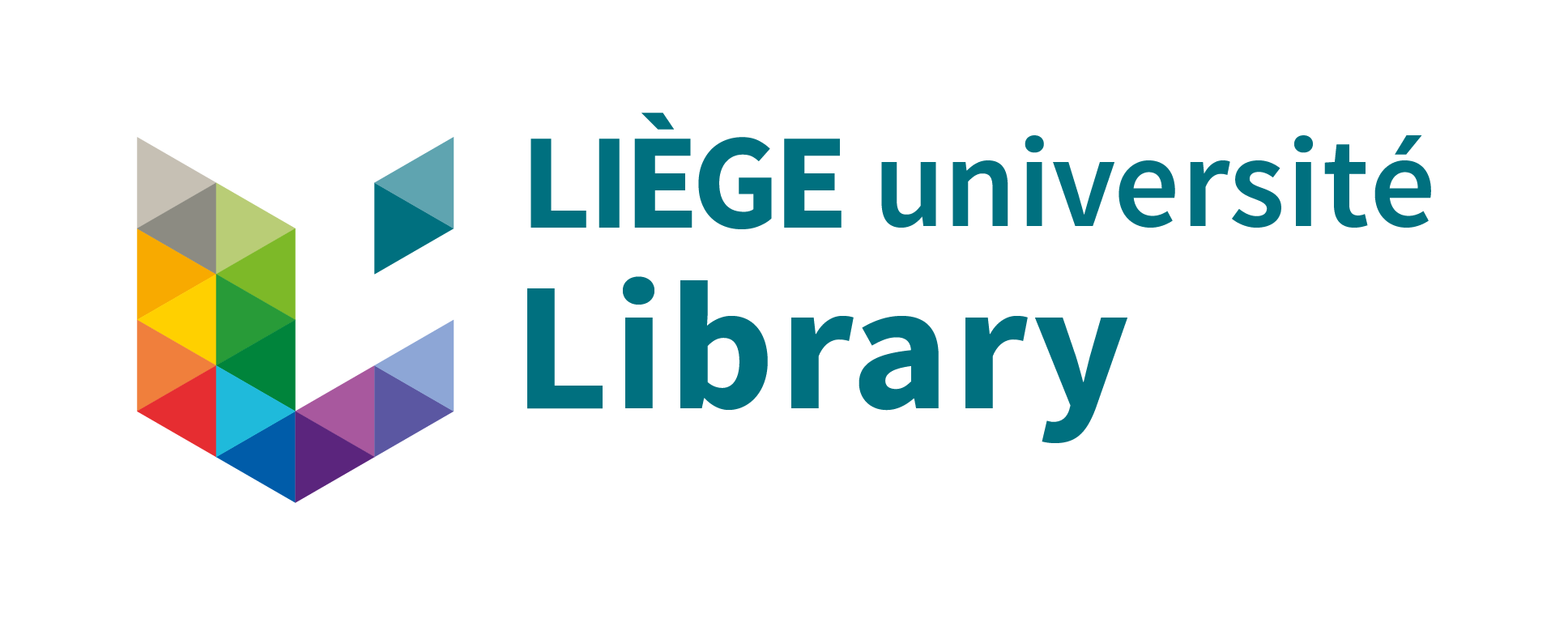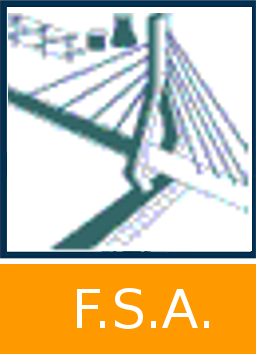Blind Grasping: Object Classification using Robot Joint Information
Schneider, Philippe 
Promoteur(s) :
Louppe, Gilles  ;
Bruls, Olivier
;
Bruls, Olivier 
Date de soutenance : 6-sep-2021/7-sep-2021 • URL permanente : http://hdl.handle.net/2268.2/13049
Détails
| Titre : | Blind Grasping: Object Classification using Robot Joint Information |
| Titre traduit : | [fr] Grasping aveugle : Classification d'objets à l'aide d'informations sur les articulations du robot |
| Auteur : | Schneider, Philippe 
|
| Date de soutenance : | 6-sep-2021/7-sep-2021 |
| Promoteur(s) : | Louppe, Gilles 
Bruls, Olivier 
|
| Membre(s) du jury : | Sacré, Pierre 
Louveaux, Quentin 
|
| Langue : | Anglais |
| Nombre de pages : | 74 |
| Mots-clés : | [en] Grasping, Deep Learning, Robotics, Machine Learning |
| Discipline(s) : | Ingénierie, informatique & technologie > Sciences informatiques |
| Commentaire : | promoteur: Prof. Gilles Louppe |
| Institution(s) : | Université de Liège, Liège, Belgique |
| Diplôme : | Master en ingénieur civil en informatique, à finalité spécialisée en "intelligent systems" |
| Faculté : | Mémoires de la Faculté des Sciences appliquées |
Résumé
[en] Machine learning has proven itself to be a useful tool in many scientific fields. Among the plethora of applications, modern Robotics aims to incorporate artificial intelligence, in order to tackle tasks that were previously unthinkable to be performed by a robot. Grasping is a classic example of such a challenge. Being able to grasp and manipulate a wide range of objects reliably represents a major stepping stone in both productivity and flexibility for modern robots.
The first step of grasping an object is to identify it correctly. To that end, most state of the art approaches to robotic grasping include all kinds of visual input to facilitate the location and identification of the target object. This work aims to investigate a different approach, where object classification is tackled using exclusively the robot's joint information. More specifically this project explores the question: "How useful is robot joint information for the classification of objects?" The main contributions of this work are various benchmark experiments as a proof of concept, additional methods aiming to increase classification performance, as well as the application on a set of real world objects. The results and observations of the different problems settings in this work lead to the conclusion that joint information is indeed useful and exploitable, but also comes with clear limitations and challenges, some of which are easier to circumvent than others.
Fichier(s)
Document(s)

 Master_Thesis_Blind_Grasping_Philippe_Schneider.pdf
Master_Thesis_Blind_Grasping_Philippe_Schneider.pdf
Description: Main report
Taille: 20.3 MB
Format: Adobe PDF
Citer ce mémoire
L'Université de Liège ne garantit pas la qualité scientifique de ces travaux d'étudiants ni l'exactitude de l'ensemble des informations qu'ils contiennent.


 Master Thesis Online
Master Thesis Online



 Thesis_Abstract.pdf
Thesis_Abstract.pdf
